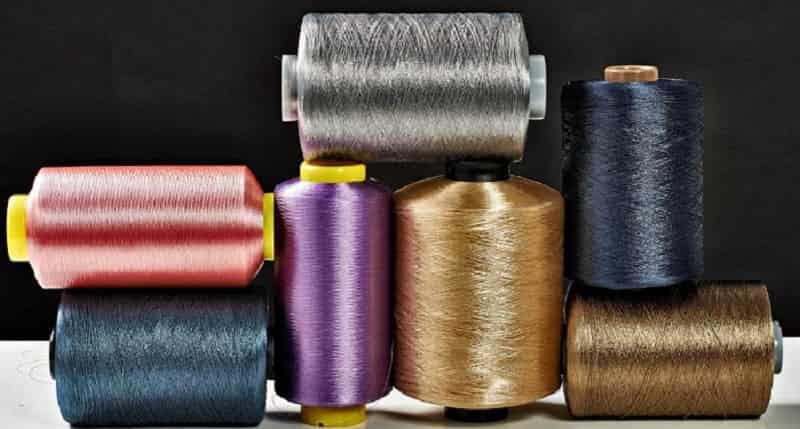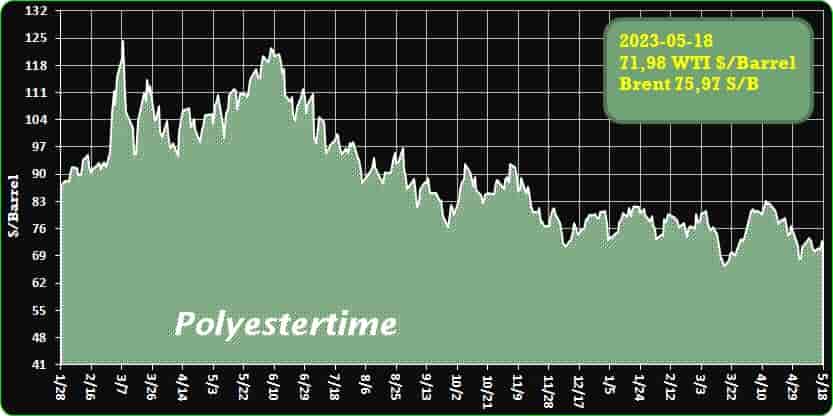-Trinseo Launches Polycarbonate Dissolution Pilot Facility in the Netherlands
Trinseo’s new pilot facility was inaugurated in April in which the dissolution technology helps to extract 100 % recycled PC for use in new materials. Jo-Annes de Bat, Provincial Executive of the Netherlands was the guest of honor at the inauguration ceremony.
Trinseo has recently announced the inauguration of its polycarbonate (PC) dissolution pilot facility in Terneuzen, the Netherlands on April 5, 2023. The new pilot facility is a major step in Trinseo’s commitment to sustainability, part of the journey in realizing the company’s sustainability goals.
The guests of honor at the inauguration ceremony included Jo-Annes de Bat, Provincial Executive (responsible for regional economy) of the Netherlands.
An essential element of Trinseo’s innovation is focused on developing and delivering sustainable solutions. Across all businesses, this is a driving force behind the firm’s R&D efforts. LFP batteries – Tires-recyclyng – Gas
While it is currently in the R&D phase, the state-of-the-art pilot facility is situated in a temporary area in Trinseo’s Terneuzen site and will later be moved into the Central Process Research Laboratory in the same site, which is currently under construction.
“Dissolution recycling” is a type of physical recycling process where the needed polymer is extracted by the use of solvents. The extracted polymers will then be used to make new recycled polymers.
Trinseo’s PC dissolution technology is an advanced technology by which post- or pre-consumer materials containing PC, be it an automotive or consumer electronics part that is mixed with other plastics, metal or even glass, can be put directly into the solvent without any pre-treatment.
The solvent will dissolve PC contained in those end-of-life parts while all other non-PC materials will remain, and can then be used for other recycling purposes. The dissolved PC extracted is 100 % recycled PC that could be used for compounding into new materials for an array of applications, such as mobile phone casing, printer enclosure or automotive parts. LFP batteries – Tires-recyclyng – Gas
More….

-SABIC and global chemical enterprises have entered into an agreement with TNO, a renowned Dutch innovation organization, to establish an R&D Hub dedicated to the processing of plastic waste
BASF, Covestro, Dow, LyondellBasell, Mitsubishi Chemical, SABIC, and Solvay are the participating companies
TNO will serve as the host for the Hub and oversee the execution of the R&D projects. The initial batch of projects is scheduled to commence in the latter half of 2023.
Being a private sector-driven endeavor, the R&D Hub projects aim to make significant advancements in sustainable plastic waste processing.
They will address industry-specific concerns related to the development of mechanical and chemical recycling methods.
Abdulrahman Al-Fageeh, CEO of SABIC and Co-Chair of the R&D Hub, stated, “By initiating its inaugural project, the LCET has demonstrated its role as a ‘nursery’ for collaborative efforts in accelerating greenhouse gas (GHG) reduction within the chemical production value chain. LFP batteries – Tires-recyclyng – Gas
Enhancing recycling rates can contribute significantly to our progress toward a circular carbon economy.
Through pooling the knowledge and expertise of our companies, we can explore innovative approaches to drive net-zero solutions.”
Martin Brudermueller, Chairman of the Board of Executive Directors of BASF SE and Chair of the R&D Hub, expressed, “Addressing climate protection is a global societal responsibility that can only be achieved when we all contribute our best ideas.
The launch of the first spin-off project from the LCET initiative is a remarkable accomplishment and milestone for all member companies.
This allows us to develop groundbreaking technologies while sharing early-stage risks. The collaboration of these seven industry leaders operating in the same market showcases the spirit of cooperation within the LCET initiative, which turns ambition into action.”
TNO will spearhead the technology development efforts. Henk-Jan Vink, Managing Director at TNO, commented, “We are immensely proud to have been chosen as the host and orchestrator of this exceptional initiative. LFP batteries – Tires-recyclyng – Gas
The collaborative partnership between LCET members, our experts, and innovation partners will yield practical and disruptive technological solutions that promote increased levels of circular plastics with reduced environmental impact.
Drawing on our expertise in circular modeling, packaging, and materials, TNO is confident in delivering tailored solutions that meet industry requirements.”
The R&D Hub marks the first project initiated under the LCET initiative, with additional projects in the development stage for 2023.

-Supply surpasses demand at EU’s joint gas tender
European Commission Vice President Maros Sefcovic said on Tuesday that the European Union’s first joint gas purchasing tender was a “remarkable success” with 25 suppliers offering to deliver over 13.4 billion cubic meters compared to the EU’s aggregated demand of around 11.6 billion cubic meters. LFP batteries – Tires-recyclyng – Gas
“It shows that we were right to pool our demand, to use Europe’s collective pulling power, and to work together to fill our gas storages for next winter,” he said.
Sefcovic said that natural gas demand amounting to an overall volume of 10.9 billion cubic meters has already been matched with suppliers, including in the most vulnerable countries, such as Bulgaria, Moldova and Ukraine.
He added that the second round of tenders is planned for the second half of June, with three more rounds before the end of this year.
The first auction for joint gas purchases launched by the EU last week ended with offers for approximately 13.4 billion cubic meters of supplies from 25 international operators. This was announced by the vice president of the European Commission, Maros Sefcovic, highlighting the “positive response of the market”.
The offers exceeded the aggregate demand of the Twenty-Seven which amounted to approximately 11.6 billion cubic meters of gas. “This is nothing short of a remarkable success. LFP batteries – Tires-recyclyng – Gas
It shows that we were right to use our collective strength” to “fill up our stocks for next winter,” said Sefcovic.
Meanwhile, the price of gas continues to fall and the level of stocks is higher than the average of previous years.
In Amsterdam, prices start the session down by 0.5% to 32.6 euros per megawatt hour, the lowest since mid-December 2021. Since the beginning of the year, the price of gas has recorded an overall drop of 57.3%.
As regards the auction, the vice president of the Commission explained that the brokerage company Prisma matched the EU demand with “the most interesting offers”.
The combination concerned “a total volume of 10.9 billion cubic metres, of which 20% of LNG and the remaining 80% for supplies via gas pipeline”.
The data is particularly positive for vulnerable countries: Bulgaria’s requests have been fully satisfied, as well as 100% of requests for Ukraine and 80% for Moldova respectively. The outcome of the auction, added the vice-president of the Commission, demonstrates that the demand aggregation platform, AggregateEU, has led to “a new dynamic market for gas buyers and sellers in the EU” to “strengthen the energy security” of the Continent “while we gradually abandon Russian gas and adapt to the needs of market operators in the EU”. LFP batteries – Tires-recyclyng – Gas
To date, over 110 European companies have decided to take part in the platform.
The platform aims to coordinate EU action and negotiations with external suppliers, the EU is one of the largest gas consumers in the world and therefore aims to obtain better conditions.
The platform was launched in April 2022 following the mandate of the European Council in response to the need to diversify supplies.
It covers a range of actions related to natural gas and LNG (and in the future hydrogen) to support the EU’s security of supply and access to affordable energy, including international awareness raising, pooling of demand and efficient use of EU gas infrastructure. 
-Explore FOR REC’s Revolutionary Facilities for Reprocessing Waste Tires
FOR REC Advocating Cutting-Edge Facilities for Tire Waste Repurposing Since 2007, FOR REC has specialized in the exploration, blueprinting, and assembly of facilities to convert waste into novel and valuable assets. LFP batteries – Tires-recyclyng – Gas
Thanks to the proficiency and expertise acquired throughout the years, FOR REC manufactures machinery for recycling waste tires, such as tire crushers and tire grinders, to handle end-of-life tires.
The equipment is engineered to achieve three distinct forms of waste reduction: Size reduction: an exceptional solution for converting waste into energy while minimizing volumes; Grinding up to 20mm: facilities that facilitate the separation of iron and textile fibers.
The resulting material can be utilized for heat treatment or as a substrate in civil and industrial projects; Secondary raw materials: this material is 99% pure and can be utilized for various applications, including shock-absorbing flooring, asphalt compounds and blends, urban furnishings, insulation, and sound-absorbing panels.
All of these machines can be readily tailored to meet the customer’s requirements. Indeed, the engine, rotor length, and blades can be enhanced to the customer’s specifications in order to accommodate the type of rubber to be processed and the company’s specific needs. LFP batteries – Tires-recyclyng – Gas
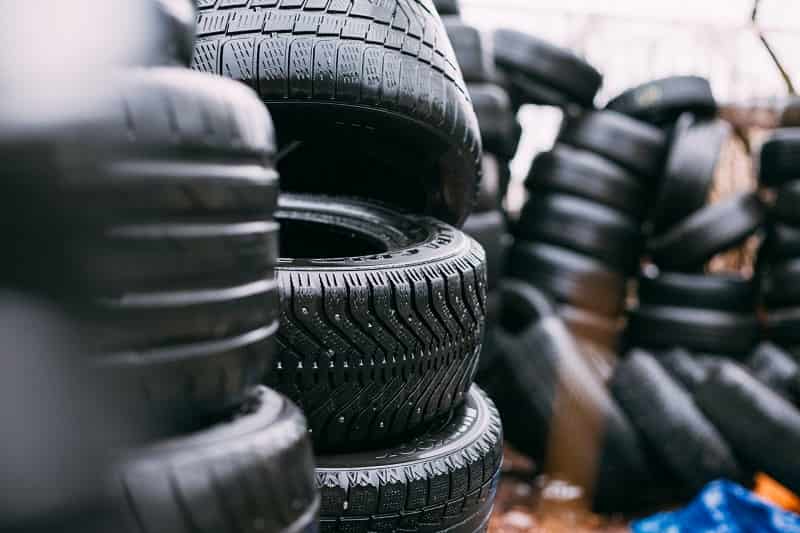
-Industry Leaders Tackle Multilayer Packaging Recycling
Leading players address recycling of multilayer packaging BASF, Krones, Südpack, and Tomra successfully handle: A recycling initiative for multilayer PET trays utilizes existing mechanical recycling infrastructure.
An ambitious, cooperative venture by BASF, Krones, Südpack, and Tomra Recycling Sorting demonstrates that multilayer packaging made from PET can be disassembled and recycled on an industrial level using the current mechanical recycling infrastructure.
To validate their concept, the partners employed multilayer packaging material comprising PET and polyethylene (PE) layers, separating the material into its two components and subsequently recycling the plastics through mechanical means.
An ambitious, cooperative venture by BASF, Krones, Südpack, and Tomra Recycling Sorting demonstrates that multilayer packaging made from PET can be disassembled and recycled on an industrial level using the current mechanical recycling infrastructure.
To validate their concept, the partners employed multilayer packaging material comprising PET and polyethylene (PE) layers, separating the material into its two components and subsequently recycling the plastics through mechanical means.
In the initial industrial trial of the process, conducted at a Krones pilot plant in Flensburg, Germany, the companies fully separated up to 69% of the PET and PE and partially separated an additional 12%. LFP batteries – Tires-recyclyng – Gas
The involvement of leading companies from various sectors of the plastics and recycling value chain infused the project with insights into the difficulties associated with recycling multilayer packaging, which has traditionally posed recycling challenges. Recycling of multilayer packaging, step by step.
In the project’s first phase, in 2021, Tomra conducted the initial sorting experiments using PET/PE trays manufactured by Südpack. The trays incorporated a debonding adhesive developed by BASF.
To produce the tray material, Südpack leveraged its expertise in lamination, specifically water-based lamination, to create PET/PE films that could be separated through caustic hot washing.
Südpack manufactures high-performance packaging films for food, non-food, and medical products. LFP batteries – Tires-recyclyng – Gas
Next, to assess the efficacy of segregating these recyclable trays from mixed packaging, Tomra utilized its near-infrared (NIR) Autosort technology to sort the recyclable multilayer packaging from a combination of recyclable and non-recyclable trays.
The NIR sorting equipment identified the multilayer packaging made with BASF’s debonding adhesive, demonstrating that multilayer trays can be isolated from the waste stream for redirection to recycling.
The subsequent step involved delaminating the PET/PE films into separate layers. Krones’ pilot plant conducted trials in mid-2022 to evaluate the effectiveness of separating laminated PET/PE films into individual layers on an industrial scale.
Krones offers washing and decontamination equipment for recycling PET packaging into flakes that can be used to produce new containers.
To delaminate the multilayer packaging, Krones employed a standard hot-washing process commonly used in PET recycling.
The approach proved successful, yielding PET and PE that could be separately reused as monomaterials. LFP batteries – Tires-recyclyng – Gas
Role of mechanical and chemical recycling. After separation, the materials were recycled using the existing mechanical recycling technology.
Going forward, either mechanical or chemical recycling could potentially be utilized, depending on the intended application of the recycled PE and PET in packaging.
“The separated multilayer PET was subjected to mechanical recycling. Preliminary results from the pilot test indicate that the PET could be reused in food-contact applications,” states Kresimir Cule, commercial marketing industrial adhesives at BASF.
“The PE obtained in this process could be directly employed in non-food-contact applications.”
More….
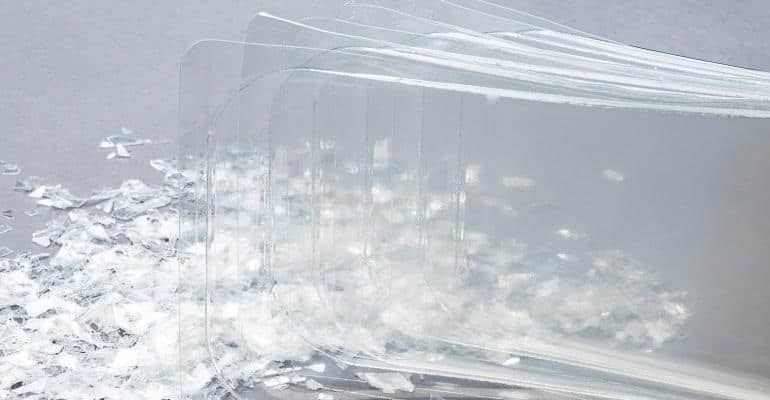
-Stellantis to Obtain Equal Stake with Faurecia and Michelin in Symbio, a Leader in Emission-Free Hydrogen Transportation
Faurecia, a member of the FORVIA group, Michelin, and Stellantis have announced today the finalization of a legally binding agreement for Stellantis to acquire a 33.3% interest in Symbio, a top player in emission-free hydrogen transportation. Faurecia and Michelin will retain a 33.3% shareholding each. LFP batteries – Tires-recyclyng – Gas
This announcement marks a significant milestone in the decarbonization of the transportation sector and showcases Symbio’s exceptional technological advancements in hydrogen fuel cell innovations. With Stellantis joining as a shareholder, Symbio’s expansion in Europe and the United States will receive a substantial boost.
“Gaining an equivalent stake in Symbio will strengthen our leading position in hydrogen-powered vehicles, supporting our production of fuel cell vans in France. It perfectly complements our growing portfolio of battery electric vehicles,” stated Carlos Tavares, CEO of Stellantis. “As we advance our Dare Forward 2030 plan and strive to achieve carbon neutrality by 2038, we are exploring every technological resource available to combat global warming. Hydrogen fuel cells are vital, and Symbio will play a significant role in safeguarding future generations.” LFP batteries – Tires-recyclyng – Gas
Symbio aims to manufacture 50,000 fuel cells annually by 2025, utilizing its cutting-edge gigafactory in Saint-Fons, which is scheduled to commence production in the latter half of 2023. In 2022, Symbio introduced its HyMotive initiative, designed to accelerate industrialization and the development of groundbreaking innovations. Through this project, the company plans to achieve a total annual production capacity of 100,000 systems in France by 2028, generating 1,000 employment opportunities.
“We are thrilled with this transaction, which further enhances Symbio’s capabilities and propels the joint venture forward. Symbio is now fully equipped to scale up and expand its dominance beyond Europe, at a time when the automotive industry is rapidly transitioning to zero emissions,” remarked Patrick Koller, CEO of Faurecia. “This agreement benefits all parties involved and allows FORVIA to solidify its position as a global leader in clean transportation.”
“The entry of Stellantis into Symbio’s capital is a tremendous catalyst for our joint subsidiary,” added Florent Menegaux, CEO of Michelin. “It also serves as a compelling testament to the indispensability of fuel cell technology for the automotive industry’s success in electrifying transportation, especially for professional applications. Stellantis is already a preferred partner and will be a key collaborator with us in the future. Ultimately, this transaction reinforces Michelin’s long-standing belief that hydrogen will be an essential solution for decarbonization.” LFP batteries – Tires-recyclyng – Gas
The completion of the transaction is contingent upon customary regulatory approvals and is anticipated to occur in the third quarter of 2023.
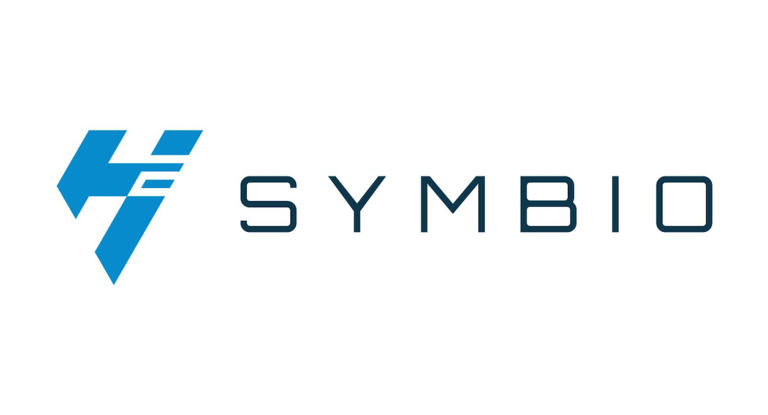
SYMBIO
